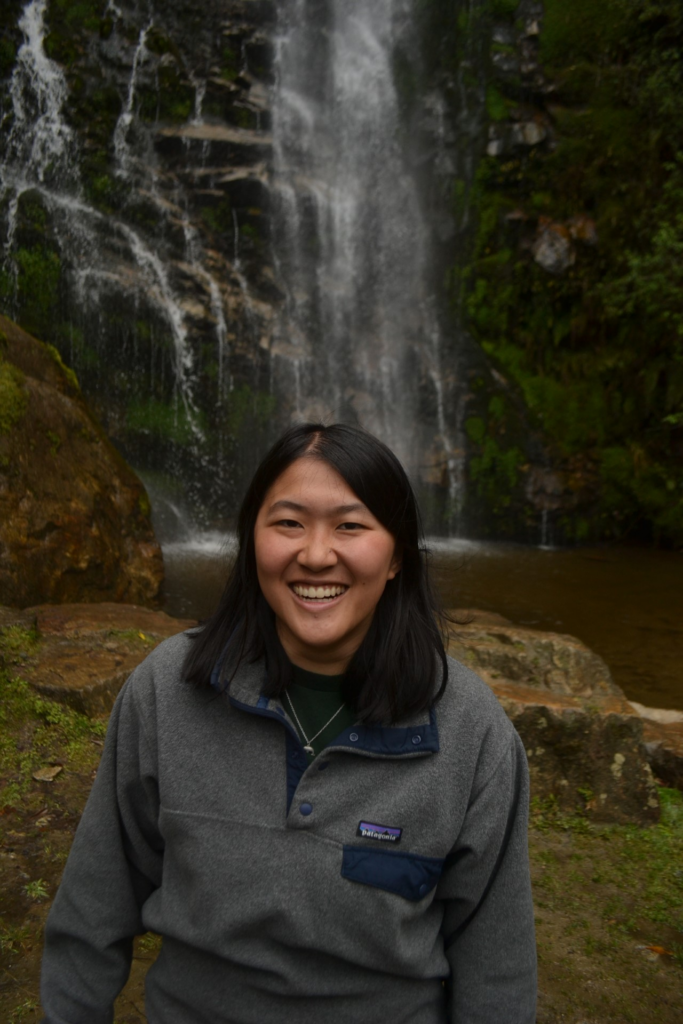
By: Chloe Miller
The Art of Not Taking Photos
They say, “Take a picture, it’ll last longer,” but I believe quite the opposite.
I envision multiple people in my cohort furrowing their brow at this sentence. My typical mantra in the States, “Phone, wallet, keys,” has been replaced by “Phone, wallet, camera” while in Bhutan. In other words, my camera and I are inseparable. Just the other day, I risked shoving my camera into a gallon size plastic bag so it could come on our Mo Chhu River rafting excursion (might I add – it was, in fact, worth it).
Why do I lug around my camera everywhere?
It’s simple, really. I love that I can capture what I am feeling with one frame and keep it for myself to look back on and to share with others. If I were to show you some of my “better” photos, I’d like to believe you could be temporarily transported into the land of the Thunder Dragon with my cohort.
You’d feel the sun beat down on your skin as we approach the forty-minute mark of our supposed ten-minute hike to the local Lhakhang, or temple, in Dzongkha. You wish you put sunscreen on, but if you burn, surely it will become a tan the day after, right? Our short breaths come in between commenting about how the altitude takes us out knowing damn well we’ve been here for weeks. Still, we are experiencing the best Monday of our college careers.
You’d join us as we arrive to the temple and see us crane our necks to take in the ornate decoration of the building’s exterior and peer down, down, down over the local valley from the mountainside. Too enamored by the view, we remind you that you must move clockwise around religious structures. A camera is shoved into your hands, and you take two photos of a small group; it’s never one, because someone always blinks.
You’d feel the worn notches of the prayer wheel handles under your fingertips as you begin to build momentum. Together, we try to spin them a total of three times, an auspicious number in Buddhism, but the sheer size of our group keeps the wheels spinning far longer. The ringing bells and rattling wood follow you as you walk away, just as the yellow frill on top of the wheel leaves your peripheral.
You’d feel as though you had barely been there when we beckon for you to rejoin the group as our instructor begins speaking. We learn the history of the temple and are reminded of the figures and Buddhist teachings we will soon see within these white walls. Caught up within the swift movement to remove our shoes, you overhear someone exclaim they are stuck inside their hiking boots. Our slightly damp socks leave a wide range of temporary footprints, leading to the doors of temple, right where we stand, straining our eyes to try and make out the outline of the art and the vibrant colors that decorate the walls before we go inside.
But just as you are ready to see the inside of the temple, I must tell you that photography inside religious buildings is prohibited. This is where we sling our cameras over our shoulders and forget about capturing the present for future audiences.
Once stepping into a temple, I let go of the constant search for the perfect photo. I let my eyes adjust to the dimly lit room after being under the sun, and I begin to take in a room that a photo could never do justice. I notice the soft smell of burning incense reach my nose as, to my surprise, a wave of silence washes over our typically boisterous group. It is a silence only interrupted by my classmates’ cracking ankle joints and zipped up “shants” as they walk (for those of you who I just lost, shants is a pair of pants that zip off into shorts…or capris and shorts if you’re fancy…do with that information what you will). They walk differently than usual, slowing down as if they are afraid to miss any detail in a space where every nook and cranny was created with intention. They walk as if trying to create more than a fleeting memory that will escape them as they return to the outside, where they will soak up the warmth from the ground with such gratitude.
The more time I have spent inside religious buildings with my camera slung around my shoulder, the more I believe that in the time I spend executing what I imagine will be a good photo, I miss the very moment that I wish to capture. This is certainly not my declaration that I will stop taking photos. I love the art. I love the storytelling. I love pulling you into a moment with me, and admittedly jogging my own memory in the future. But, as much as I love the art of taking photos, it is through the art of not taking photos that I am reminded that moments do not exist to be captured, rather they exist to be experienced.
All photos taken by Chloe Miller –

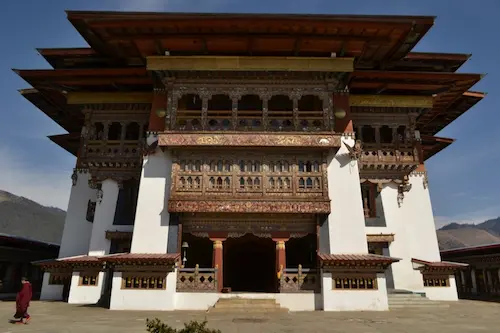




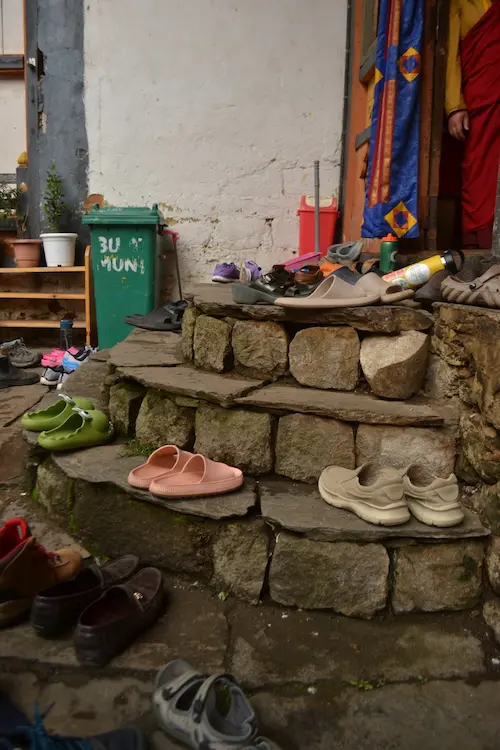
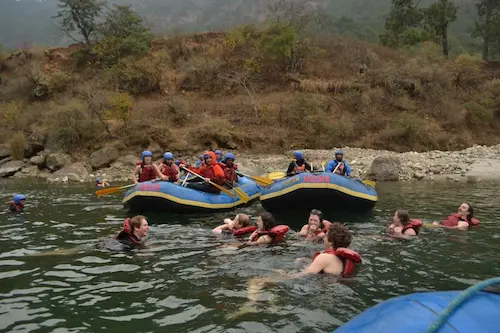
Related Posts
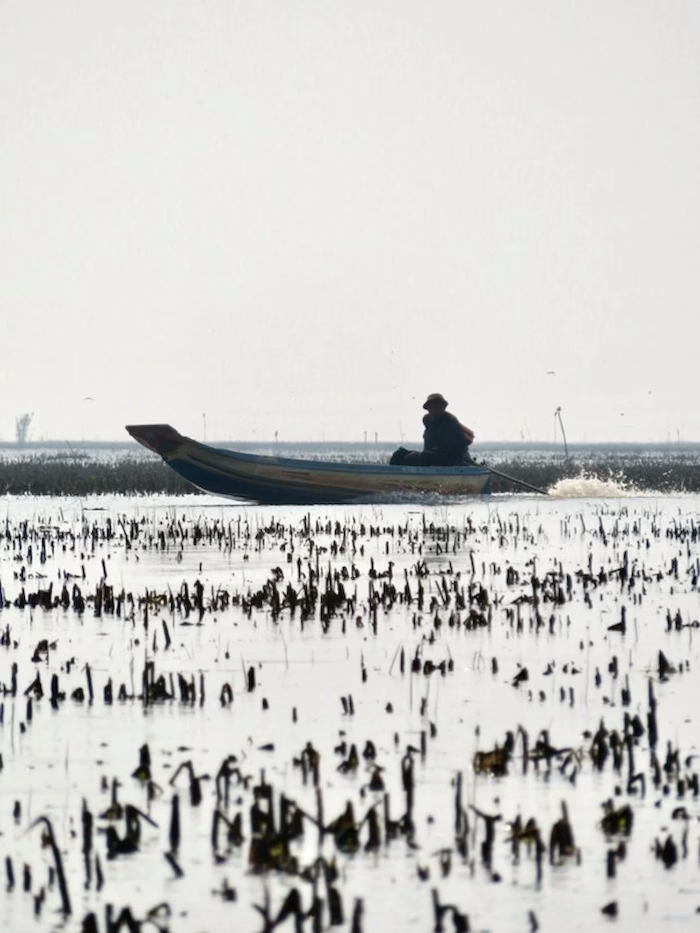
Framing Prek Toal: Photography, Conservation, and Life on the Tonle Sap
